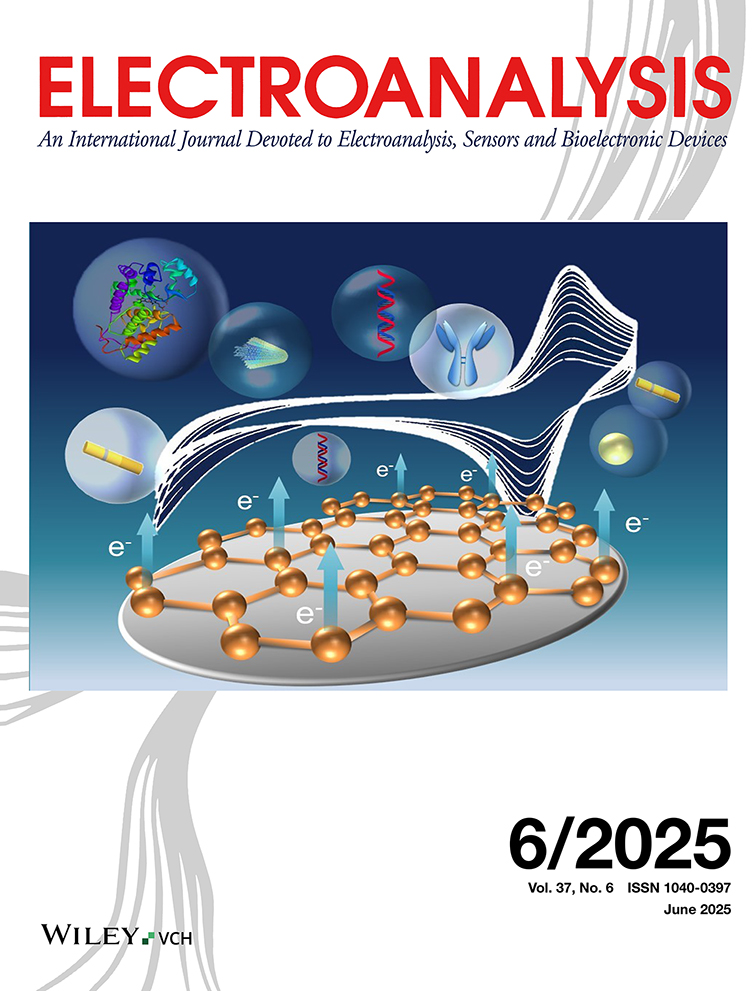Comparison of the Electrochemical Reactivity of Electrodes Modified with Carbon Nanotubes from Different Sources
Abstract
The electrochemical activity of five different commercial carbon nanotubes (CNT), prepared by the ARC discharge and chemical vapor deposition (CVD) methods, has been assessed and compared. The various multi-walled CNT were immobilized onto a glassy carbon electrode using three different dispersing agents (Nafion, concentrated nitric acid and dimethylformamide (DMF)) and their voltammetric response to ferricyanide, NADH and hydrogen peroxide examined. SEM was used to characterize the surface morphology. The corresponding cyclic voltammetry and amperometric data showed that the electrocatalytic activity, the background current and the electroanalytical performance are strongly depended on the preparation of the CNT and on the dispersing agent used. The most favorable amperometric detection of NADH and hydrogen peroxide is observed at the NanoLab CVD-produced CNT in connection to a DMF-surface dispersion. ARC-produced CNT display a smaller capacitance, particularly in connection to the DMF dispersion. Such differences in the electrochemical reactivity are attributed to the different surface chemistries (primarily defect densities) of the corresponding CNT layers, associated with the different production and dispersion protocols.





